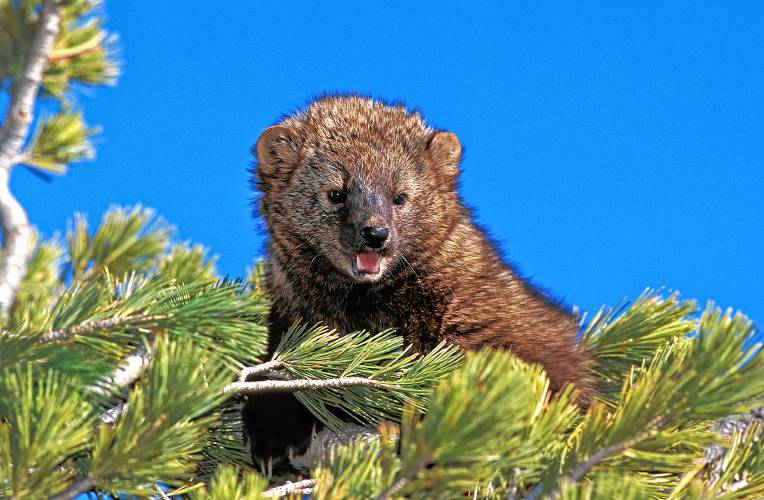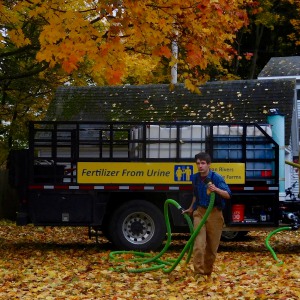NH aims to measure overall health of fishers through Wildlife Restoration Program funding

In New Hampshire today, fishers can be both hunted and trapped. (Gerard Lacz photograph) Getty Images/iStockphoto — Gerard LACZ
| Published: 01-15-2024 12:58 AM |
A carnivorous, forest-dwelling animal commonly found throughout New Hampshire is the focus of a more than $2 million project funded by the U.S. Fish and Wildlife Service.
The state’s Fish and Game Department is slated to partner with the University of New Hampshire to measure survival, cause-specific mortality, and overall health of fishers, a member of the weasel family. Locally, they’re called fisher cats, and Fish and Game describes them as having long slender bodies with muscular short legs, strong claws for climbing, and a long, bushy tail. They eat small mammals, porcupines, squirrels, hares, and birds.
The department has been awarded just over $2 million since last August from the federal Wildlife Restoration Program to focus on the fur-bearing species that has fluctuated between periods of decline and stability over the past 30 years.
“This information will inform fisher management to ensure that this furbearer species is maintained at a healthy and sustainable level consistent with both public expectation and the department’s mission,” Fish and Game Executive Director Scott Mason wrote in a memo last month.
Historically, fishers have seen variable population levels due to land conversion, habitat alteration, wildlife population dynamics, and unregulated harvest, according to Fish and Game.
In New Hampshire today, fishers can be both hunted and trapped. Trapping is a highly regulated activity, and those participating must be licensed by the state after attending mandatory classes, purchasing a license, and obtaining written landowner permission. Trappers must check their traps daily and report their catch.
Unlike trappers, hunters are not required to report fishers they have shot. Hunters and trappers are allowed to take only two fishers per season.
According to Fish and Game’s annual wildlife harvest report for 2022, 23 fishers were trapped statewide during the 2021-2022 season. The number of fishers trapped each year has declined steadily since 2014.
Article continues after...
Yesterday's Most Read Articles
 Dartmouth administration faces fierce criticism over protest arrests
Dartmouth administration faces fierce criticism over protest arrests
 Three vie for two Hanover Selectboard seats
Three vie for two Hanover Selectboard seats
 A Look Back: Upper Valley dining scene changes with the times
A Look Back: Upper Valley dining scene changes with the times
 Norwich author and educator sees schools as a reflection of communities
Norwich author and educator sees schools as a reflection of communities
In 2021, Fish and Game introduced additional regulations for fisher trapping, including the requirement that the lower jaw of each harvested fisher be submitted for further studies on population health and species dynamics.

 The future of fertilizer? Pee, says this Brattleboro institute
The future of fertilizer? Pee, says this Brattleboro institute From dirt patch to a gateway garden, a Randolph volunteer cultivates community
From dirt patch to a gateway garden, a Randolph volunteer cultivates community 
